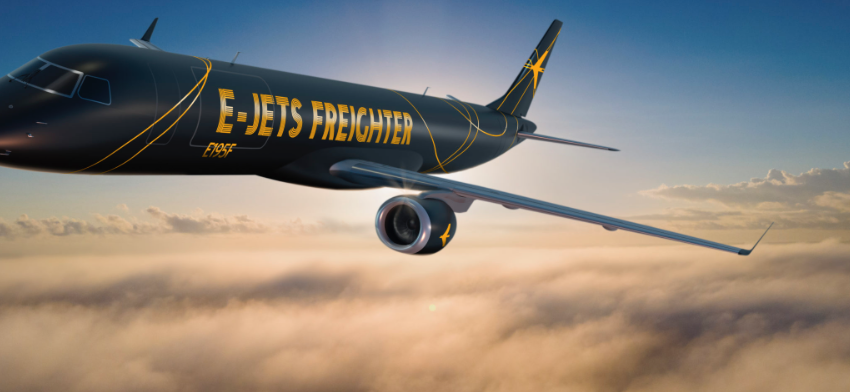Embraer has signed a Letter of Agreement (LoA) at Paris Airshow with Lanzhou Aviation Industry Development Group for 20 E190F and E195F E-Jets Passenger-to-Freight Conversions (P2F).
The companies will cooperate on establishing conversion capability in Lanzhou, China, which will support and accelerate the introduction of E-Jet first generation freighters to Chinese market.
Chinese launch for P2F conversion
With the signing of this LoA, Lanzhou Group becomes the launch customer for Embraer’s P2F conversion in China, and the base in China for Embraer’s P2F conversions.
“The LoA signed with Lanzhou Group today is a strong indicator of the demand we are seeing for our E-Jet freight conversions in China,” said Johann Bordais, President & CEO, Embraer Services and Support. “It’s great to welcome Lanzhou to join our E-Jets freighter family. We’re glad to help them integrate into the E190/E195 conversion network and speed up our P2F efforts in China so that more Embraer freighters can be delivered to our Chinese customers in the future.”
“We are honored to be the launch customer of the Embraer E-Jets freighters in China. We believe the ‘China speed’ in aviation logistics will be an important basis for the sustainable and efficient growth of the Chinese economy,” said Chen Zhiqiang, President of Lanzhou Aviation Industry Development Group. “By cooperating with industry-leading aircraft manufacturer, Embraer and introducing E-Jets freighters to China, we’ll fully leverage our domestic strength and competitive advantages to boost China’s air cargo market growth.”
Embraer predicts high demand
Embraer launched the E190F and E195F Passenger to Freight Conversions program in March 2022, supporting the high demand for cargo and positive market trends in China. Embraer forecasts a market demand for 700 E-Jet freighters over the next 20 years, 240 of which are expected for the Chinese market.
Embraer’s E-Jets P2F conversions will have over 50% more volume capacity, three times the range of large cargo turboprops, and up to 30% lower operating costs than narrowbodies.



